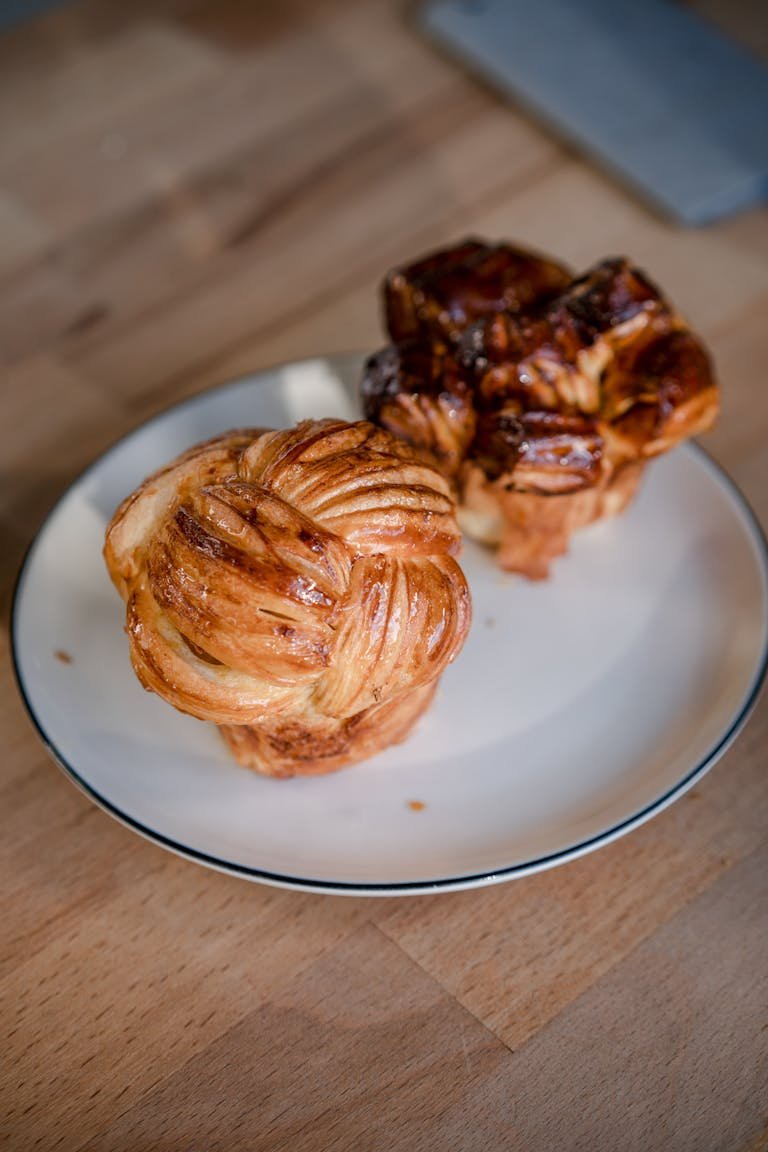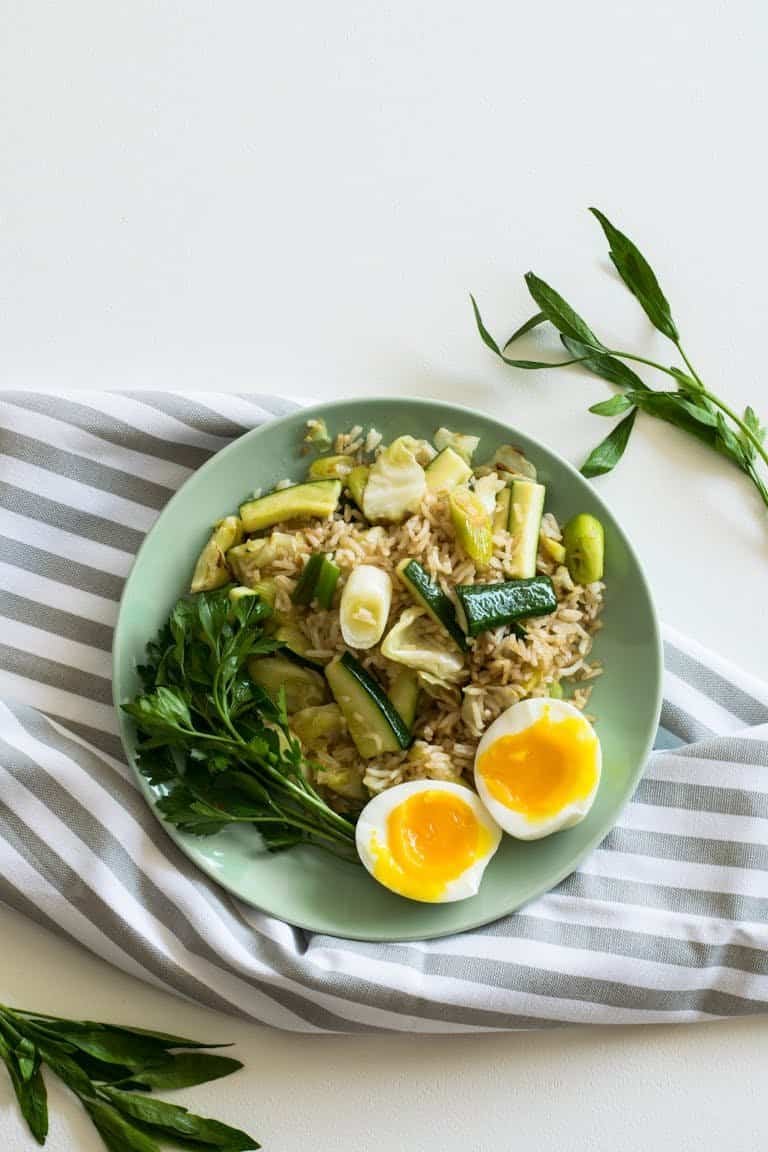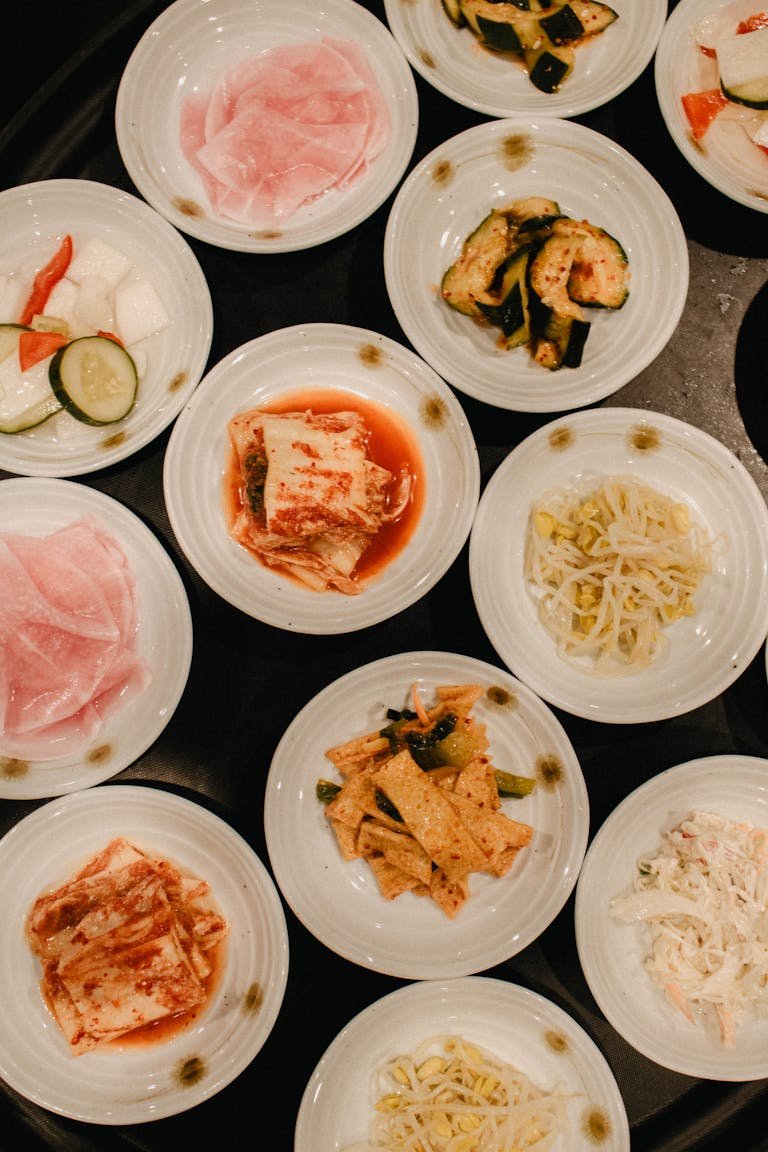The Ultimate Guide to Fried Rice: Restaurant-Quality Results
Discover the key techniques and tips to elevate your homemade fried rice to the level of authentic restaurant-quality perfection.

There’s something special about restaurant fried rice. It has that perfect balance of fluffy, separate grains, a subtle smokiness, and that elusive “wok hei” that seems impossible to achieve at home. But here’s the truth: professional chefs aren’t using some secret ingredient we don’t know about. They’re just employing specific techniques and equipment that most home cooks overlook.
In this guide, I’m sharing all the hard-earned lessons from my journey to fried rice perfection. No more gummy rice, no more bland flavors, and definitely no more wondering why your version doesn’t taste like the pros!
The Rice Foundation: Getting Your Base Right
Let me tell you about my biggest fried rice disaster—I once tried making it with freshly cooked rice straight from my trusty Zojirushi rice cooker (which I actually recommend for perfect initial rice cooking). The result? A gummy, mushy mess that had my dinner guests politely pushing rice around their plates. That’s when I learned the first golden rule of restaurant-quality fried rice: day-old rice isn’t just a suggestion; it’s essential.
Here’s what you need to know about getting your rice base perfect:
The Perfect Rice Selection
In my experience, jasmine rice yields the best results for Chinese-style fried rice. After trying numerous varieties, I always return to Three Ladies Brand Jasmine Rice. It strikes the ideal balance between starch content and grain integrity. Medium-grain Japanese rice, such as Nishiki, also works wonderfully, particularly for Japanese garlic fried rice.
The Cooling Process
Here’s my reliable method:
1. Cook your rice with slightly less water than usual (about 10% less)
2. Spread it out on a large baking sheet (I prefer the Nordic Ware sheet)
3. Allow it to cool for 30 minutes at room temperature
4. Cover it with plastic wrap and refrigerate for at least 6 hours, preferably overnight
Common Rice Mistakes I’ve Made (So You Don’t Have to):
- Using hot or warm rice (which leads to mush)
- Not breaking up refrigerated clumps before frying
- Adding too much water during the initial cooking
- Storing rice in a deep container where it gets compressed
Essential Equipment for Restaurant-Style Results
Let’s discuss the equipment that truly makes a difference.
The Wok Situation
Here’s my current setup:
| Wok Type | Pros | Cons | Recommended Brand |
|---|---|---|---|
| Carbon Steel | Best heat retention, develops patina | Requires maintenance | Craft Wok Traditional |
| Cast Iron | Excellent heat retention, durable | Heavy, slower heating | Lodge 14-inch |
| Flat Bottom | Works on any stove | Less authentic results | Joyce Chen |
I personally use the Craft Wok Traditional Hand Hammered Carbon Steel Wok, and it has truly changed my cooking experience. It did take some time to season it properly, but the results are absolutely worth the effort.
If you’re interested in learning more about woks, check out my article on the Best Woks for Asian Cooking: Our Top 10 Picks.
Heat Source Matters
Here’s the reality – your stove plays a significant role in your cooking. I struggled with an electric stove for years before finally switching to gas. If you’re stuck with electric, opt for a flat-bottom wok and turn that heat up as high as it can go. For those with gas stoves, aim for a minimum of 15,000 BTU output for optimal results.
The Secret Sauce: Seasoning Like the Pros
The moment I stopped relying solely on soy sauce was when my fried rice began to taste like it came from a restaurant. Let me share my secret sauce recipe that I’ve honed through many attempts:
The Base Sauce Recipe
2 tablespoons light soy sauce (I recommend Pearl River Bridge brand)
1 tablespoon dark soy sauce (for added color and depth)
1 teaspoon oyster sauce (I use Lee Kum Kee Premium)
1/2 teaspoon white pepper
1/4 teaspoon MSG (optional, but it really enhances the flavor!)
Mastering Wok Hei: The Breath of the Wok
Let me share my “aha” moment regarding wok hei. After watching numerous YouTube videos of professional chefs tossing their woks with flair, I attempted to replicate that in my kitchen. The outcome? I almost triggered my smoke alarm and ended up with half-cooked rice all over my stove. However, that mishap taught me an important lesson about wok hei – it’s not just about the dramatic tossing; it’s about mastering heat control.
Understanding True Wok Hei
What restaurants often don’t reveal is that wok hei is not solely about high heat; it’s about managing different temperature zones within your wok. I’ve had success using this method:
- Heat your wok until it starts to smoke (I use an infrared thermometer to reach that ideal 200-230°C / 400-450°F range)
- Pour your oil in a thin stream down the side of the wok
- Begin adding your ingredients high on the wok’s walls where the heat is most intense
Temperature Control Secrets
I picked up this technique from a Chinese chef: keep your wok in constant motion, but don’t just shake it around aimlessly. Instead, use a circular motion that follows the curve of the wok. It took me weeks to master this, but it truly makes a significant difference.
Professional Timing and Technique
Remember that time you tried to cook everything at once and ended up with a chaotic mess? Yeah, I’ve been there too. The secret to achieving restaurant-quality results lies in the timing. Here’s my tried-and-true order of operations:
The Perfect Order (Learned the Hard Way):
- Aromatics first (30 seconds max)
- Proteins (cook separately and set aside)
- Hard vegetables
- Rice (this is where the magic happens)
- Soft vegetables
- Eggs
- Proteins (add back in)
- Seasonings
I use a bamboo lazy Susan to keep all my ingredients organised and within reach—trust me, it’s a total game-changer for your workflow.
Protein Perfection in Fried Rice
Let’s discuss my biggest breakthrough with protein—marination. Even a quick 15-minute marinade can elevate your fried rice from good to fantastic. Here’s my favorite chicken marinade that gives it that takeout flavor:
Perfect Protein Marinade:
- 1 tablespoon Shaoxing wine
- 1 teaspoon light soy sauce
- 1/4 teaspoon baking soda (the secret to tender, restaurant-quality meat!)
- 1/2 teaspoon corn starch
- Pinch of white pepper
For the eggs, here’s a pro tip I learned: beat them with a splash of Shaoxing wine and a pinch of salt, then cook them first, chop them up, and add them back at the end. This helps avoid that dry, scrambled egg texture you often find in homemade fried rice.
Vegetable Integration Secrets
Can we take a moment to appreciate frozen peas? After trying every brand out there, I’ve discovered that Cascadian Farm Organic frozen peas actually outperform fresh ones in fried rice. They’re flash-frozen at peak freshness and, more importantly, they’re already partially cooked, making them perfect for the high-heat wok environment.
Best Vegetable Combinations:
- Classic Mix: carrots, peas, corn
- Deluxe Mix: bell peppers, bean sprouts, Chinese cabbage
- Premium Mix: asparagus tips, snow peas, water chestnuts
Pro tip: Make sure to cut everything to the same size! I use a Chinese cleaver for uniform cuts that cook evenly.
Common Mistakes and Professional Solutions
Moisture Control
The biggest enemy of good fried rice is moisture. When I added fresh vegetables straight from washing I always pat everything dry with super-absorbent kitchen towels.
Temperature Issues
If your rice is sticking to the wok, it’s likely because you are:
- Not preheating enough
- Overcrowding the wok
- Using too much sauce
The solution? Work in batches! I never cook more than 2-3 cups of rice at a time, even in my large wok.
The Path to Perfect Fried Rice
Remember, it’s not about having restaurant-grade equipment (though it helps!) – it’s about understanding the principles and techniques that make great fried rice possible.
Start with these basics:
- Use day-old rice
- Get your wok screaming hot
- Keep ingredients dry
- Work in small batches
- Practice that wok motion
And most importantly, don’t get discouraged if your first few attempts aren’t perfect. Every great fried rice chef started somewhere! Drop a comment below with your own fried rice adventures – I’d love to hear them.






